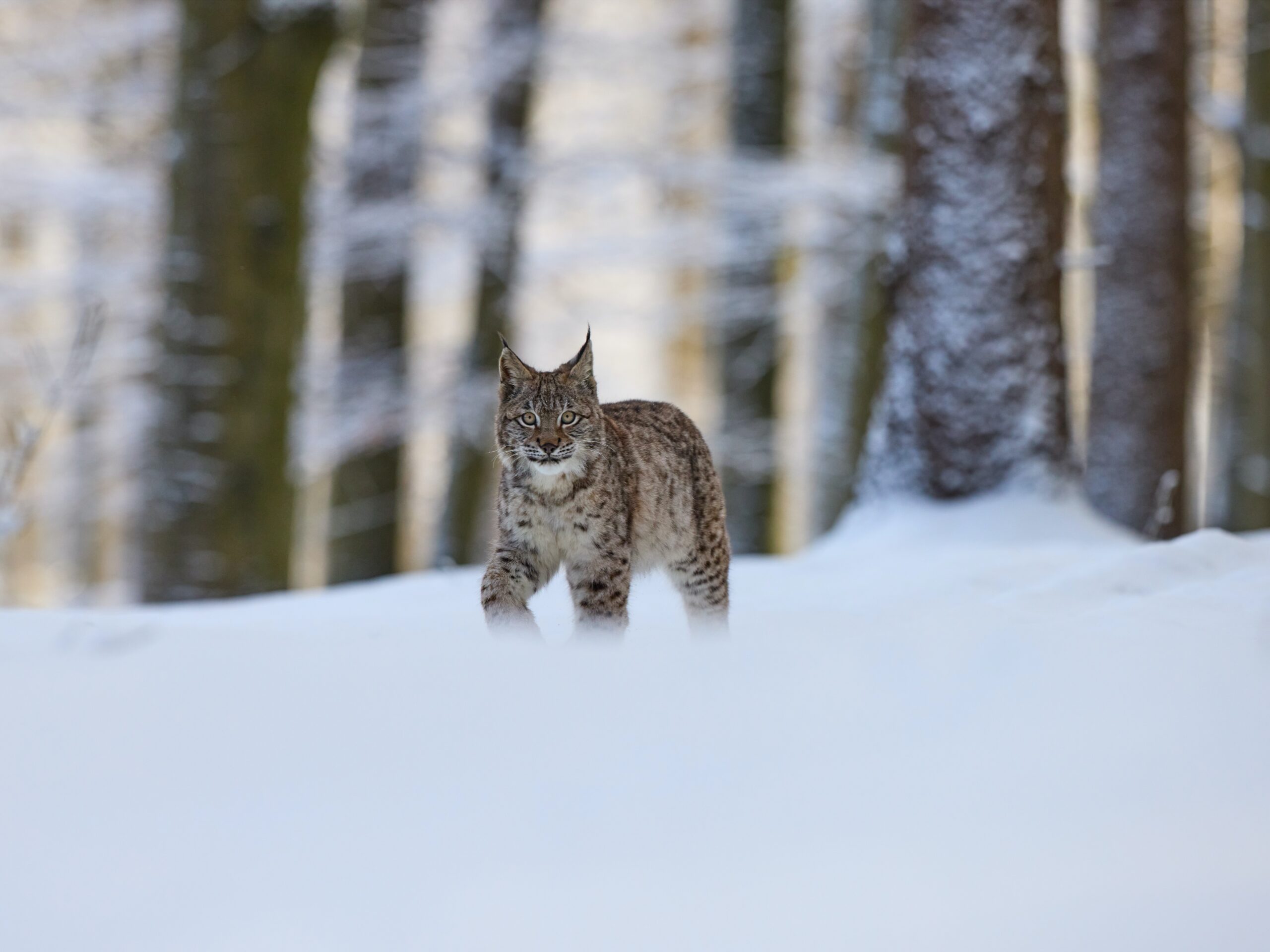


#Greenways #Rewilding #terminology #Wildlife Corridors
Doug Fogelson
Urban sprawl and various forms of development have drastically altered, covered, and in many cases, destroyed vast areas of the planet. As a result, concerted efforts are now needed to restore vital wild spaces. Reviving natural biodiversity, reintroducing megafauna and apex predators, and encouraging grazing in certain ecosystems can have a powerful mitigating effect on climate change. These efforts also help regenerate essential natural resources that we depend on for survival.
The term “re-wilding” was first coined by the environmental group Earth First! around 1990. It refers to a range of strategies aimed at restoring ecosystems and promoting biodiversity. This can include the removal of dams, the reintroduction of nearly extinct species, or the creation of wildlife corridors—connections between isolated wild spaces that allow animals to move freely. The meaning of re-wilding can vary by region (such as the UK), but the core principle remains the same: restoring natural processes to heal the land.
Wildlife corridors are essential for enabling species to follow their natural migratory paths, even in areas influenced by human development. These corridors improve biodiversity and help species adapt to climate change, offering greater resilience against extinction. You can contribute to this process in your own backyard by planting native species and creating safe passageways for wildlife. For example, a tunnel under a fence can allow small creatures to travel between habitats. If you don’t have a backyard, you can still advocate for the creation of wildlife corridors in your community, school, or workplace.
Efforts to restore prairies, grasslands, river systems, and other ecosystems are underway across the globe, often overlapping with critical conservation initiatives. Scaling up these restoration efforts—and placing greater value on wilderness, healthy oceans, and biodiversity—will not only help restore ecosystems but also result in proactive reductions in carbon emissions and enhanced resilience to climate impacts.
Rewilding plans should identify core rewilded areas, ways to connect them, and ensure outcomes are to the mutual benefit of people and nature.